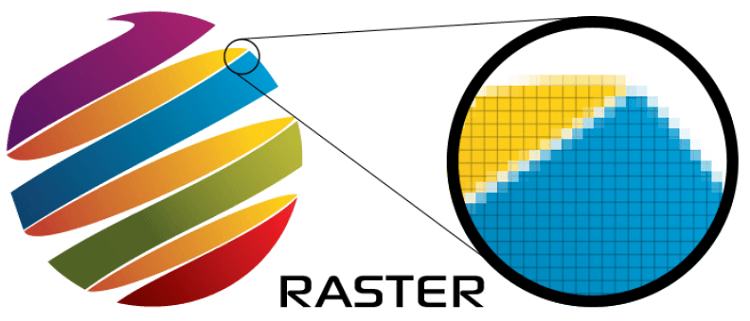
Old habits die hard, and thus TIFF and EPS have long been the standard of the industry. While PageMaker allowed placement of native Photoshop files (yes, really-although it did not honor transparency), QuarkXPress required TIFF or EPS instead. Copies of those working files were flattened and saved in TIFF or EPS formats for placement in a page-layout program. Historically, the native PSD (Photoshop document) format has been used solely for working files in Photoshop. They're just contained and presented in a different way. The pixels within an EPS are no different from those in their TIFF brethren. Think of the EPS format as a type of container. The uninitiated sometimes think that saving an image as an EPS magically vectorizes it.

It may be a bit confusing that there are raster-based EPSs (saved from an image-editing program such as Photoshop) and vector-based EPSs (saved from a vector drawing program such as Adobe Illustrator or Adobe FreeHand). Just know that unless you need to accommodate someone else's requirements, there's no advantage to saving as Photoshop EPS. This doesn't mean you need to hunt down your legacy Photoshop EPS files and resave them as PSD (unless you're terribly bored). Pixel for pixel, a Photoshop native PSD is a smaller file than an equivalent EPS and offers support for clipping paths as well as duotone definitions. The historic reasons for saving an image as a Photoshop EPS were to preserve the special function of a PostScript-based vector clipping path used to silhouette an image or to preserve an image set up to image as a duotone.Īs applications and RIPs have progressed, it's no longer strictly required to save such images as Photoshop EPS. As its name implies, EPS is PostScript in a bag (see the sidebar, "EPS: Raster or Vector?"). An EPS can contain vector art, raster images, or a combination of raster and vector content. While many people equate the term EPS (encapsulated PostScript) with vector art, the encapsulated part of the format's name gives a hint about the flexibility of the format. The TIFF image format supports multiple layers as well as RGB and CMYK color spaces, and even allows an image to contain spot-color channels (although some applications, such as Word, do not support such nontraditional contents in a TIFF).

It's happy being imported into Illustrator, InDesign, QuarkXPress, Microsoft Word, and some text editors-almost any application that accepts images. TIFF (tagged image file format) is perhaps the most widely supported image file format. (We'll discuss vector artwork formats in the next chapter.) TIFF
PRINT FILE TYPE FOR RASTER IMAGES PDF
However, native Photoshop files (PSD) and Photoshop PDF files are much more flexible, and both formats are supported by InDesign and Illustrator. The application may be willing to let you import a wide variety of file formats, but the most commonly used image formats have traditionally been TIFF and EPS. Often, you will be placing images in a page-layout or illustration program, so you're limited to the formats supported by those applications. How you should save your raster images is governed largely by how you intend to use them. Learn More Buy Appropriate Image Formats for Print Real World Print Production with Adobe Creative Suite Applications


 0 kommentar(er)
0 kommentar(er)
